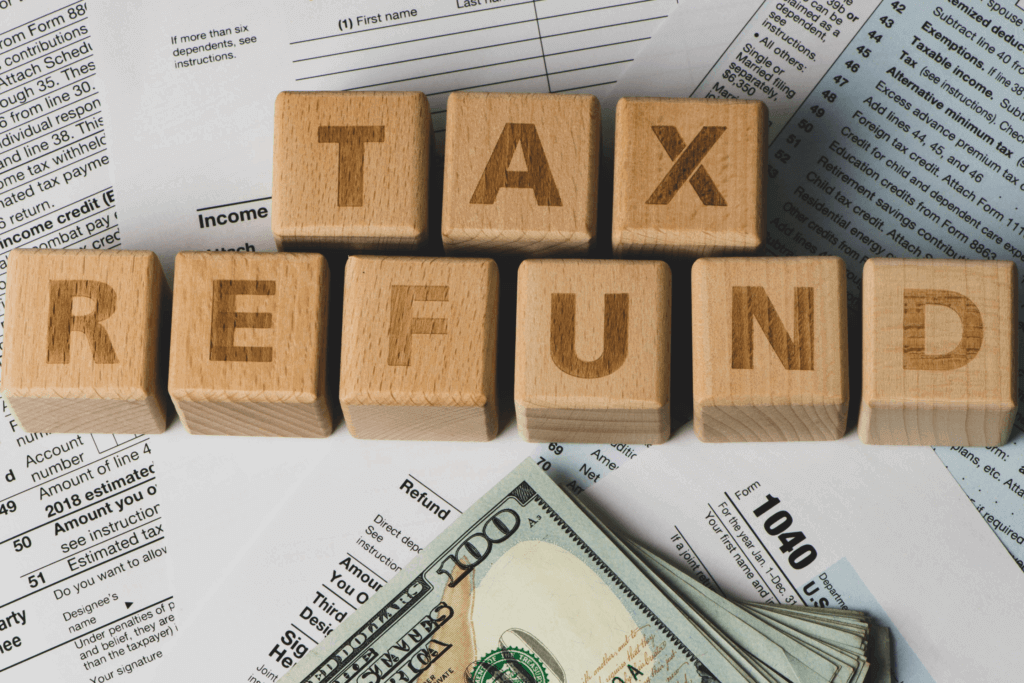 With the July 15 tax deadline now past, the Internal Revenue Service reminds all taxpayers that there is no secret way to find out when your tax refund will be issued.
With the July 15 tax deadline now past, the Internal Revenue Service reminds all taxpayers that there is no secret way to find out when your tax refund will be issued.
Key facts to help understand the refund process better:
- Taxpayers who file electronically and use direct deposit can expect their refund faster than those who mail a paper return, especially since the COVID-19 outbreak has reduced IRS staffing available to process paper returns.
- Taxpayers who file a paper tax return are likely to face processing and refund delays.
- The best and easiest way to check on a refund is Where’s My Refund?
- The Where’s My Refund? tool available on IRS.gov and the IRS2Go mobile app.
- A tax refund’s status can be checked within 24 hours after the taxpayer receives the e-file acceptance notification.
- “Where’s My Refund?” is updated once a day, usually overnight.
Refund delays for electronically-filed returns
Many who have filed their return electronically are experiencing a delay in getting their refund. There is a backlog at the IRS, due to the fact that they trimmed their staff at the height of COVID-19 to avoid the spread. In addition, the IRS was also responsible for issuing stimulus checks, so all refunds are being delayed.
Processing delays for paper tax returns
The IRS continues to process electronic and paper tax returns, issue refunds, and accept payments.
The IRS is experiencing delays in processing paper tax returns due to limited staffing. This is causing refund delays. Taxpayers who have already filed a paper return should know that the IRS is processing paper returns in the order in which they are received. In addition, interest on individual 2019 refunds reflected on returns filed by July 15, 2020, will generally be paid from April 15, 2020, until the date of the refund. Interest payments may be received separately from the refund and are considered taxable income in the year received.
Taxpayers who filed a paper return should not file the same tax return again or call the IRS. Learn more about IRS operational status and alternatives.
Common myths about tax refunds include:
- Getting a refund this year means there’s no need to adjust withholding for 2020
- Calling the IRS or a tax professional will provide a better refund date
- Ordering a tax transcript is a secret way to get a refund date
- The Where’s My Refund? tool is wrong because there’s no deposit date yet
- Something is wrong when the refund amount is less than expected
Learn more about how the IRS has debunked these tax refund myths.



